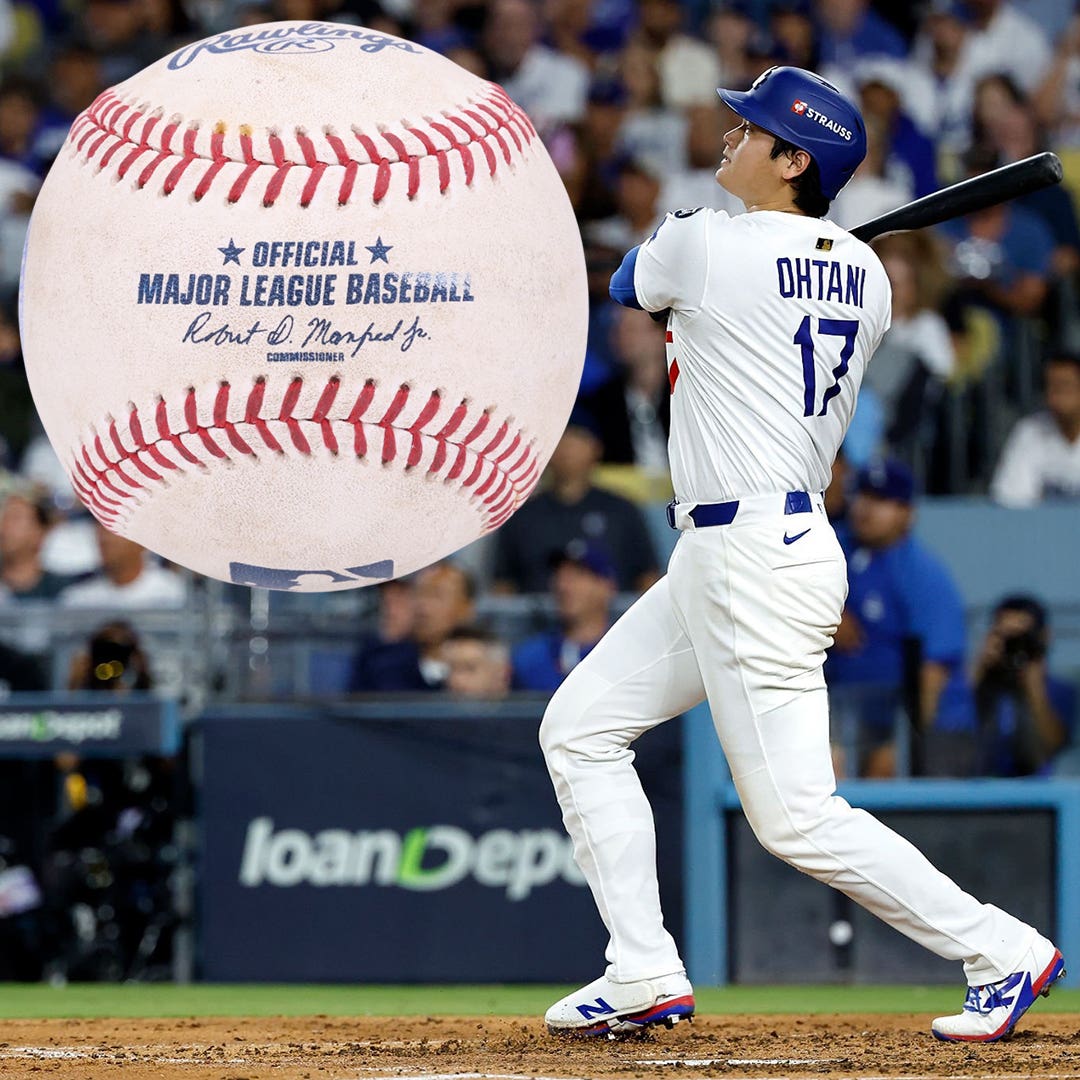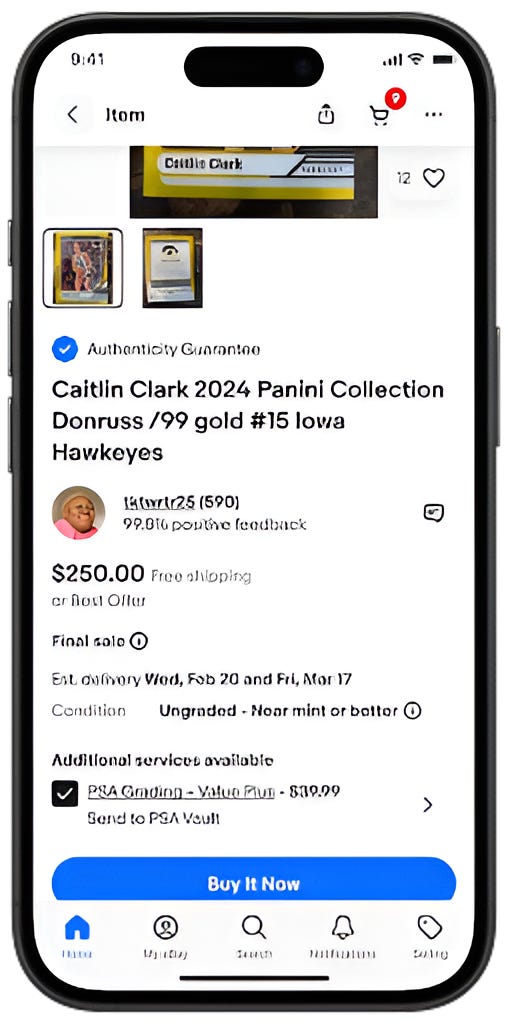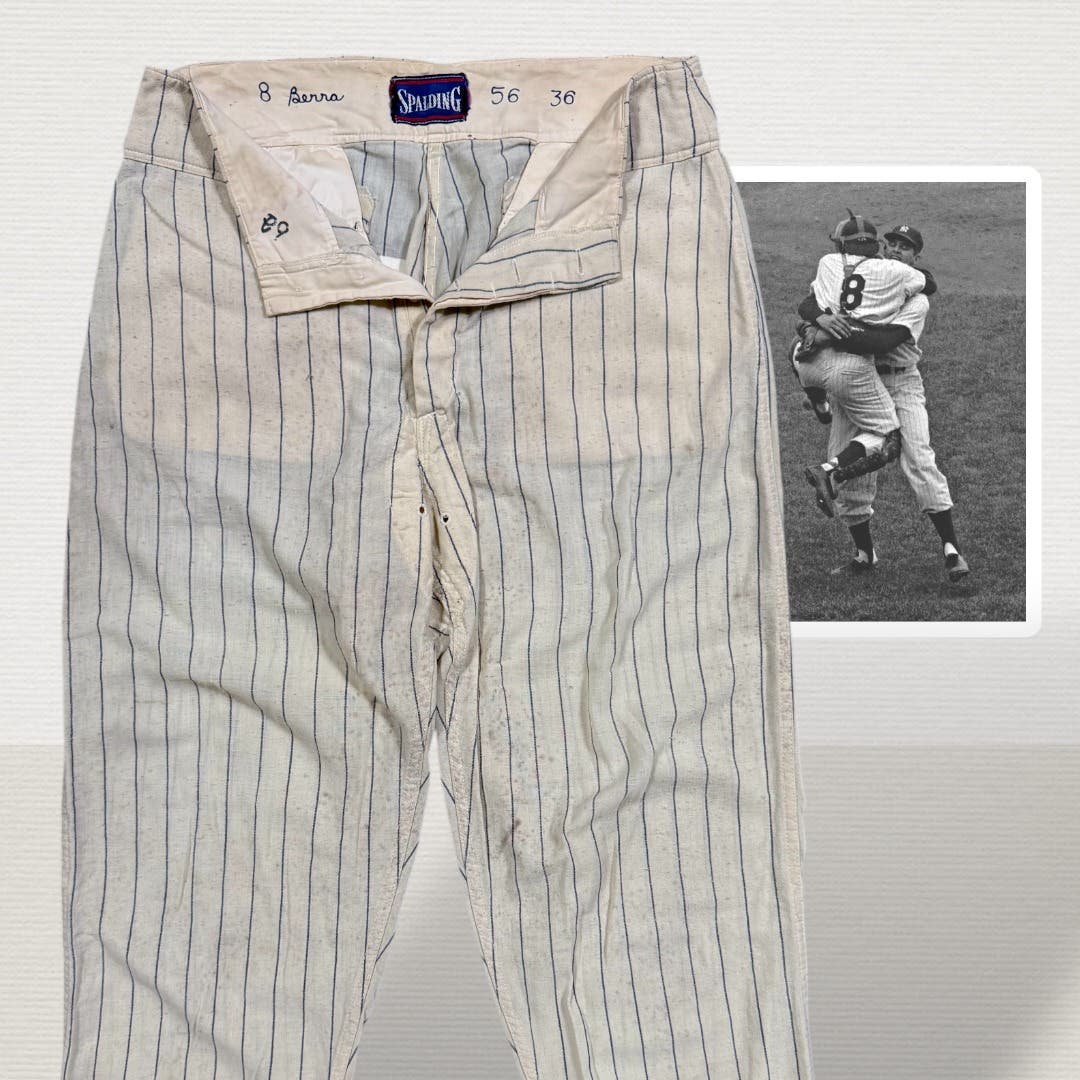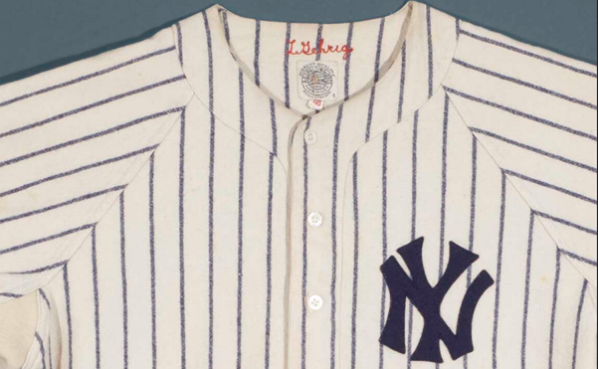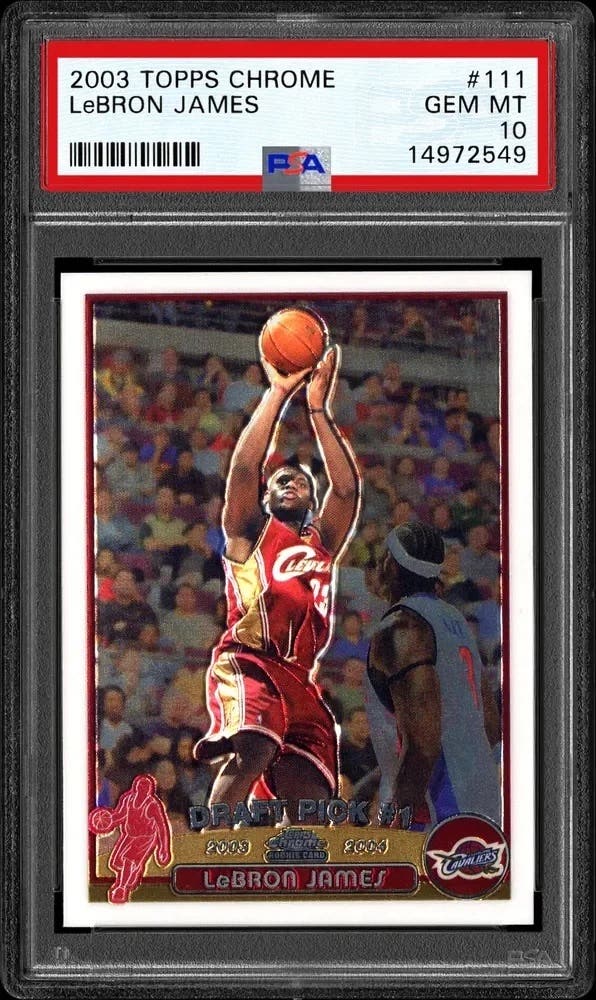News
Under the microscope
I only have vague recollections of watching most of the World Series games played during my childhood in the 1980s, but the one moment I distinctly remember watching was the 1986 World Series game when Bill Buckner ... well, do I need to say anything more than Bill Buckner for you to know what play I’m talking about?
Every baseball fan remembers the moment that ball rolled under Buckner’s glove and into right field, allowing the Mets to win the game. What most people don’t remember is the Red Sox collapsing right before that error occurred, leaving the door open for that memorable event to even happen in the first place. And nobody seems to remember that the Mets didn’t win the Series on that night. The infamous play took place in Game 6. The Mets still needed to win the next game to finish off the Series. But that’s often been forgotten because the focus is still on Buckner’s blunder.
To the delight of some collectors, that infamous moment has been captured on glossy photos and cardboard ever since. For Red Sox fans, however, it’s still a hard moment to forget.
“I’m from Boston originally, and for many years ‘Bill’ and ‘Buckner’ were two words you weren’t allowed to use together,” said Rob Veres, owner of Burbank Sportcards in Burbank, Calif.
Buckner was a great baseball player whose 22-year career produced numbers that were nearly Hall of Fame worthy. Unfortunately he’s remembered more for the gaffe in the World Series than just about everything else he accomplished in his career. Such is the scope of a memorable play in the World Series.
So how does being a part of a memorable moment on baseball’s grandest autumn stage affect one’s collectibility?
While we remember Buckner and of course Mookie Wilson (who hit the ball that Buckner misplayed), the majority of memories from the World Series are generated by individual achievements as opposed miscues. Who can forget the image of Carlton Fisk in the ’75 series hitting a home run and pleading with it to stay fair, even though the Red Sox ended up losing the Series?
“Carlton Fisk waving the ball fair, that is one of the most famous images in baseball,” said Harry Aroyan of GamesandCards.com. “People of all ages relate to that ... hitting the game-winning home run in the bottom of the ninth. What better thrill could there be? Baseball cards for those players sell just because they played prominent roles in making World Series history. But that doesn’t make the value of a player’s collectibles go up. You still need a solid career. ”
The good thing is that time allows the goats to slip away into the shadows of the past, while we forever revere the heroes of our childhood. Other than Buckner, people are hard pressed to come up with players who made a major blunder in the Series. And unless it cost your team the game and or series, you will likely forgive them.
Why is that? Steve Wilson, from Jim and Steve’s Sportscards in Waukegan, Ill., says, “Demand for stuff from the goats, we don’t see a lot of. The heroes we see more. People remember Bill Mazeroski and Don Larsen. I think that if we had been in business back when Larsen threw his perfect game, we would’ve had gotten a lot of calls the next day. Same thing when someone dies. People want to have something related to them.”
Sometimes, however, World Series performances are remembered differently on a local level than a national level. Ziggy Kryszak, from Ziggy’s Eastpointe Sportscards in Bradenton, Fla., said, “Being a Detroit Tiger fan all my life, I have the memories of the 1968 World Series when Mickey Lolich won three games and Denny McClain, after a 30-win season, came up as the goat for the Tigers. Lolich was the hero not only for his clutch performances but for his attitude, behavior, and commitment to the Detroit community.”
But there are a few players whose World Series heroics have stood the test of time, and who are still collector favorites for the thrills those heroics provided.
Kirk Gibson
I certainly remember Kirk Gibson limping around the bases in 1988, pumping his fist after hitting a walk-off homer off Eckersley. And if his memorabilia sales are any indication, many other collectors remember that moment, as well.
“Kirk Gibson collectibles picturing him in a Dodgers uniform certainly are power items around here, even though the best years of his career were with other teams,” Veres said.
Aroyan agreed. “Although we weren’t in business when it happened, items related to his home run in the 1988 World Series still brings customers into our store,” he says.
Don Larsen
Many of today’s collectors have only seen the black-and-white footage of Larsen’s final strikeout to finish off the only perfect game in World Series history in 1956.
Outside of that achievement, Larsen had a very average big-league career. Yet demand for Larsen’s signature has been constant in the collectibles world the past few decades, offering further proof how one shining WS moment can have an everlasting affect.
“Don Larsen has made millions of dollars on that one game,” said longtime card and memorabilia dealer Alan “Mr. Mint” Rosen. “He was a losing pitcher in terms of his lifetime record, but he has made a lot of money signing autographs. So has Mookie Wilson. That’s what makes sports cool. None of these people are even listed in price guides. But because they are famous for something they did in a famous game, people still want their cards.”
Jim Blinkhorn, from 7th Inning Stretch down in Fla., says, “Don Larsen’s stuff sells, even down here, all these years later. It still sells.”
Steve Cardi, from The Card Shack on Long Island says, “Any time I get a Don Larsen autograph in the store, with his ’56 World Series’ inscription, people go crazy for it. You’ve got a guy who didn’t have a Hall of Fame career, but he had the one moment.”
Bill Mazeroski
It’s been almost 50 years since ‘Maz’ homered to beat the Yankees in Game 7 of the 1960 World Seires, but time hasn’t diminished his popularity among Pirates fans. Mazeroski will always be remembered for the famous roundtripper, despite also being a part of the 1971 Pirates championship team or the other great years he had that eventually landed him a spot in the Hall of Fame.
People still collect Mazeroski’s cards, but because of his local-hero status, prices are still relatively stable.
“His 1957 Topps rookie card? A mere $80. There are draft picks and prospects who have never played a single game in the ‘Bigs’ whose cards are worth more,” said Kevin Cross, of Crossbar Collectibles in W. Va. “It’s a darn shame. To this day, Maz is still a Pittsburgh favorite and hero.”
David Pfaff, who runs Sports Cards Etc., in downtown Pittsburgh, has first-hand knowledge of Mazersoki’s enduring appeal. “Mazeroski is still a hero in this town,” Pfaff said. “That could be in part because he was such a great player here. It’s hard to say why he is still so popular after all these years.”
Joe Carter
Walk-off home runs to win a World Series title are very rare, which is why Joe Carter’s Series-clinching blast in 1993 is remembered so vividly, particularly among fans of the home town Blue Jays.
The problem when it comes to Carter’s collectible value is that there just aren’t as many collectors with ties to Toronto as there are with other players in big-market towns like New York, L.A. and Boston.
“That’s one of the greatest World Series games I’ve ever seen, but it didn’t translate into a lot of people collecting his cards,” said Rosen.
John Gaston, of the Collector’s Friend near Albany, N.Y., had similar thoughts. “Joe Carter isn’t as remembered because he played in Toronto,” Gaston said. “If he had been in New York, it would have been different.”
Mookie Wilson and Billy Buckner
The one name of a player that would rather forget his moment in the World Series limelight was Buckner. Usually, people tend to remember the heroes more readily than the goats. Since Mookie Wilson became the hero at Buckner’s expense, and because of the enormous fan base the Red Sox and Mets enjoy, the two will likely forever be tied to that play. Fortunately, for Buckner’s sake, Red Sox fans have started to let go of some of their angst.
“When the Red Sox won in 2004, the Buckner stuff really started selling well again,” said Blinkhorn.
“Any time I get a Mookie Wilson/Bill Buckner dual-signed photo or ball, it sells quickly,” Cardi said. “And with the 20th anniversary of the ’86 series this past year, that really helped. Wilson and Buckner separately don’t sell as well as they do together.”
“Bucker autographs definitely sell,” said Gaston. “The publicity from the ’86 series keeps him on people’s minds. As soon as these events happen, it’s in people’s memories, and their cards will sell.”
Veres said the players who are linked to memorable World Series moments always have a following among customers who might not buy a lot of collectibles. “Guys like Gibson, Mazeroski, Joe Carter, they bring really positive memories to local fans,” he said. “If you look in the mass market outside of collectors, and put something from these guys in front of regular fans, they go crazy. Selling sports cards is about selling attributes, and the more the card has, the better it will sell.”
We watch the World Series every year, in part, to witness plays that will create memories that will last a lifetime. Those memories are preserved through trading cards and other collectibles. The World Series stage is as big as gets for most players and whether they succeed or fail, those moments under the bright lights can also determine how they fall in the hobby’s pecking order.
Michael D. Parker is a freelance contributor to Tuff Stuff. Drop him a line at mike@sportscopy.com, or check out his website www.sportscopy.com
Editor's Note: This story originally ran in the October 2007 issue of Tuff Stuff magazine, a sister publication of Sports Collectors Digest. To see what else Tuff Stuff has to offer go to www.tuffstuff.com




